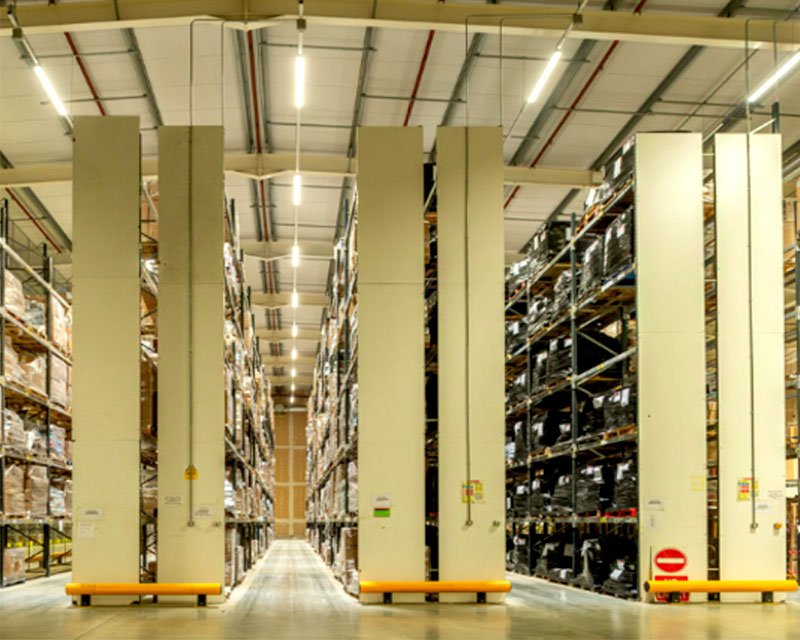We will reduce energy use in our operations through implementing replacement programs such as LED lighting and additionally introducing sustainable practices into our capital expenditure and long-range planning. We also intend to seek out low/zero carbon technologies and the use of renewable energy where possible.
Carbon Footprint
At Qurate Retail Group we understand that climate change is without a doubt one of the most pressing challenges facing the planet and humanity today. As a global company, one that believes in doing things the right way, we have a responsibility to reduce the impact our operations have on the planet in the creation of greenhouse gas emissions. Recently we completed our first global carbon footprint across scopes 1 & 2 emissions, culminating in the setting of an initial emissions reductions target.
- Scope 1 Emissions: Direct emissions from combustible fuels and other sources that occur directly on site.
- Scope 2 Emissions: Emissions that occur off-site to produce electricity or steam purchased for use at a company’s location.
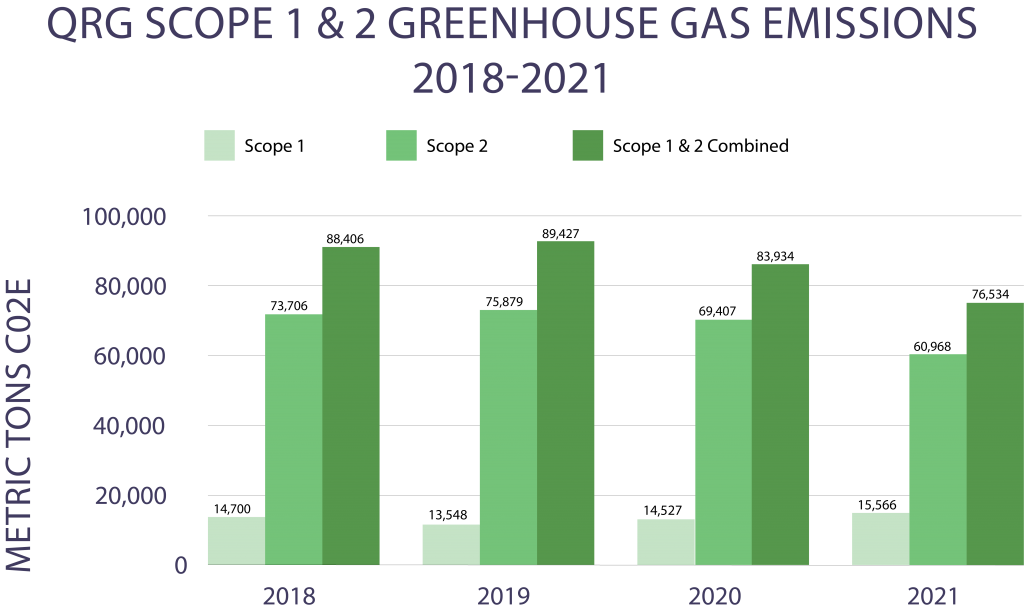
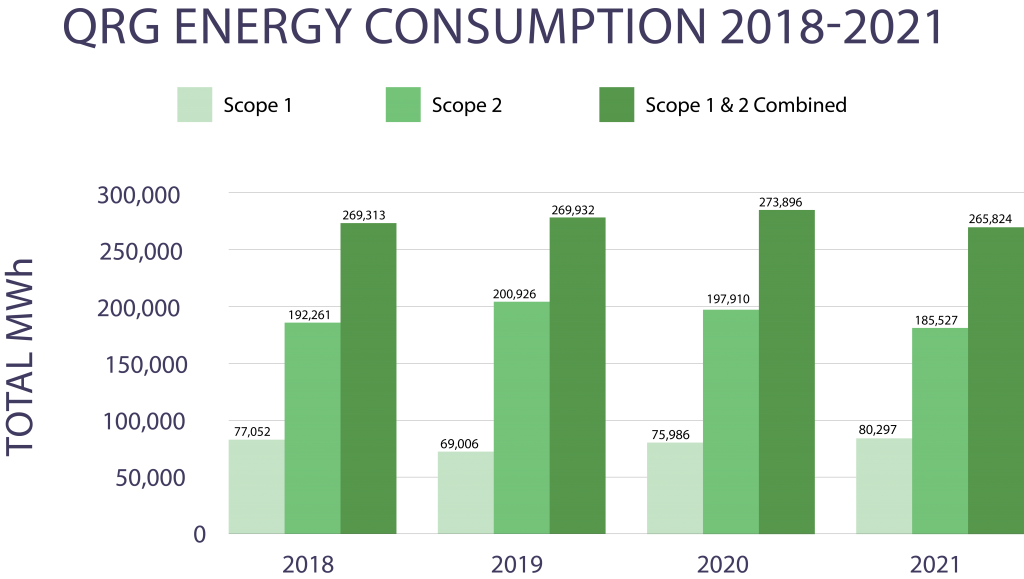
The boundary of our environmental footprint is QVC (all markets), HSN and Zulily (Cornerstone Brands are excluded due to lack of available data). This boundary therefore accounts for 98% of Qurate Retail Group revenues and was originally conducted in 2018 with a look back at 2017 data for comparison purposes. Given this, we consider our baseline year to be 2018. The coverage of our carbon footprint includes 100% of emissions for scopes 1 and 2. Our carbon footprint for 2021 has been verified by a third party and our assurance statement can be found here.
Scope 1 & 2 Greenhouse Gas Emissions Target
Reduce scope 1 and 2 greenhouse gas emissions from operations worldwide by 14% from a 2018 baseline
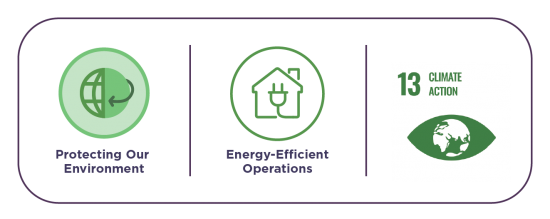
This reduction will be achieved through the rationalization of our current real estate portfolio, a shrinkage in the overall ft², combined with additional new build facilities that are being designed and equipped to incorporate energy efficient infrastructure from the outset. Further reductions will be made through specifically targeted capital investment across all of our facilities in energy management systems to monitor usage aligned to business operations, alongside a phased introduction of LED lighting and a life cycle approach for all newly constructed facilities and refurbishments of existing ones.
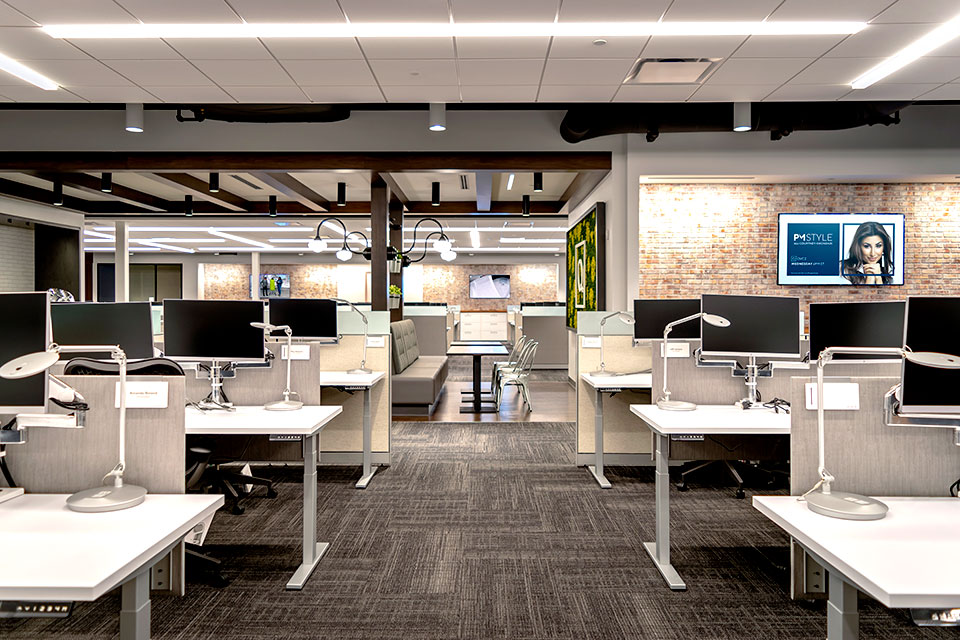
LED Lighting
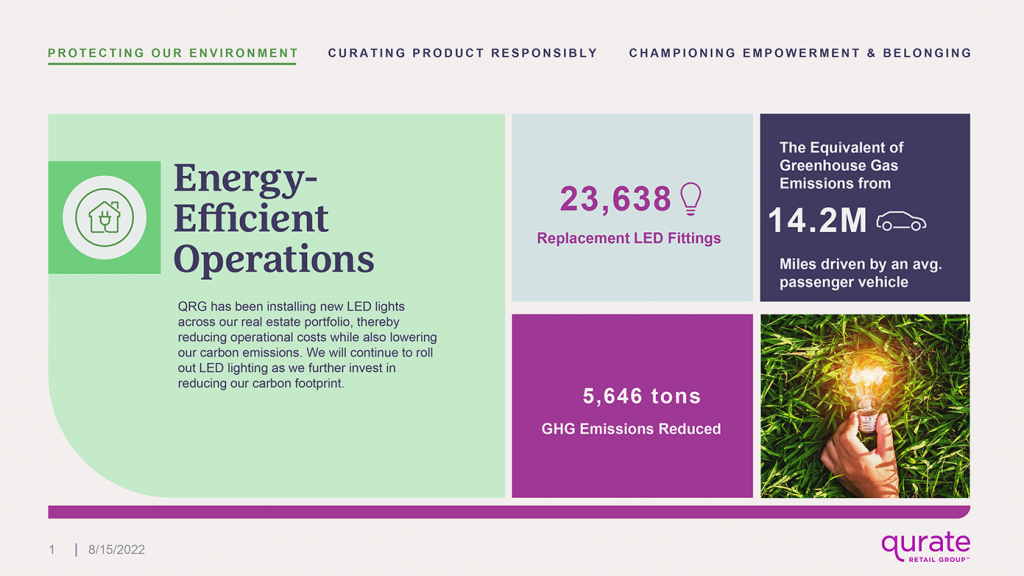
What We've Done To Date
Our first and ultimate aim is always to introduce passive solutions into our buildings, such as natural daylight and ventilation where and whenever possible. This supports improvements in the working environment and team member experience. As part of our aim to significantly reduce our carbon footprint and energy costs, we have embarked on a plan to install LED lighting across all newly constructed properties and where beneficial, to all refurbishment projects as well. The installation of additional lighting controls limits the hours of operation to only those times when spaces are occupied, thus further reducing our carbon emissions.
Heating ventilation and cooling systems (HVAC) account for approximately 50% of our carbon emissions throughout our office spaces. We make every effort to significantly reduce this footprint through the selection of an efficient primary plant, heat recovery between air flows, effective controls, zoning, and time controls supporting the increased efficiency of HVAC systems.
Combined Cooling, Heat and Power (CCHP), or tri-generation is one of the most financially and environmentally proven ways to generate electricity. Waste heat in large power stations is released into the atmosphere, making the energy generation model inefficient. We are proud to have tri-generation at our QVC headquarters in Italy.
Furthermore, solar panels have been installed at several of our Fulfillment Centers, which provide our operations with renewable energy in several areas of the United States and in Japan.
Check-out our Qurate US Building Design Guidelines
